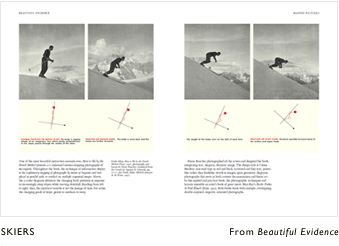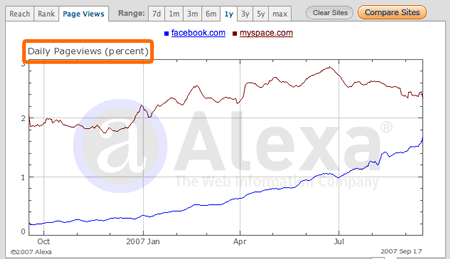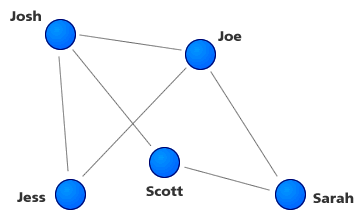September 24th
Improve your online sharing
A large part of social design is sharing. How do you encourage sharing? What should you let people share? Is there a way to improve the act of sharing? How do you know if sharing is successful?
Sharing is a pretty straight-forward process. Someone finds something interesting/controversial/useful enough to tell someone else about it. Breaking down this process into smaller steps can help you design better methods for sharing.
- Something worth sharing
First, you need something worth sharing. It could be an object, like a video, slideshow, picture, or URL. Or it could be an idea or process, like a new way to cook spaghetti or a better way to design web sites. Ideas, however, need to be distilled into an object as well…since we’re on the Web most of the time the objects are URLs. - Pivot points for sharing
A good question to ask is: what are the pivot points on which this thing is shared? Here’s an example: most TV shows are shared not by the network they’re on, but by the title of the show. This suggests that network doesn’t matter as much as the show, and so giving people the tools to share the show is a higher priority. However, if you notice when you’re watching a TV show, there is a ton of network advertising…but nobody really shares at this level so it’s just not that effective…
Continue Reading: Improve your online sharing




